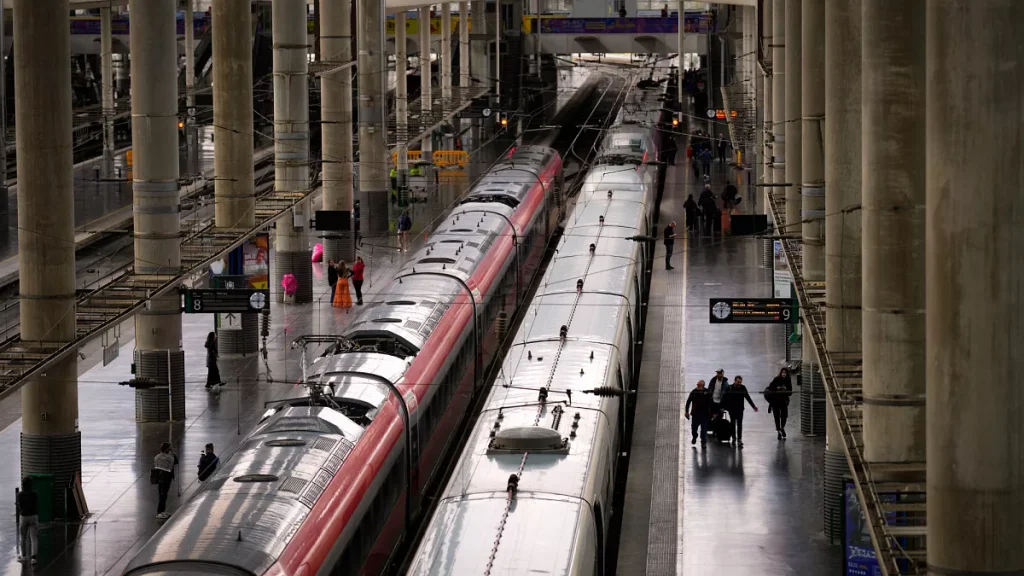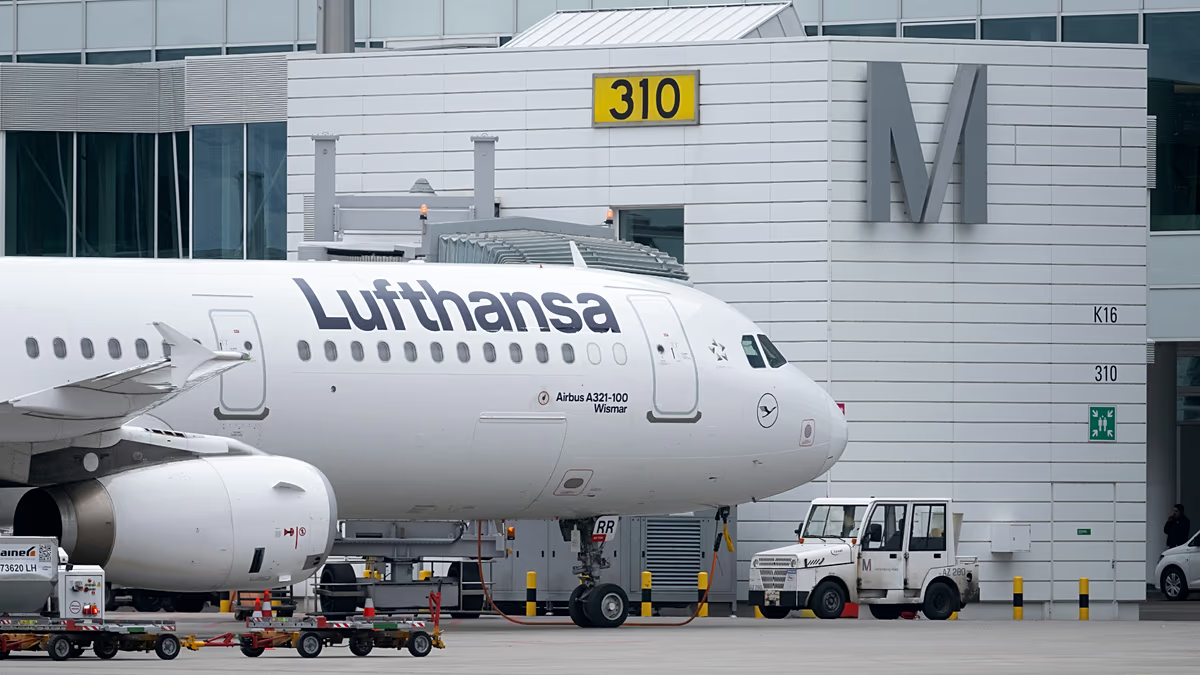Historic Railway Link to Connect Lisbon and Madrid by 2030
A transformative new chapter in European transportation is set to unfold with the approval of a direct railway link between Lisbon and Madrid. Following a landmark agreement between the Portuguese and Spanish governments and the European Commission, this ambitious infrastructure project promises to revolutionize travel between the Iberian capitals by 2030. Initially offering a five-hour journey time, the connection is expected to be further optimized to just three hours by 2034, dramatically changing how people move between these historic cities and strengthening the ties between Portugal and Spain in unprecedented ways.
The development represents much more than just a new train line; it’s a testament to European cooperation and a shared vision for sustainable mobility. “Portugal and Spain have taken a decisive step to bring the Iberian capitals even closer together,” announced Portugal’s Ministry of Infrastructure and Housing, highlighting the concrete actions that will make this connection possible. The carefully planned implementation will begin with the completion of the high-speed line between Évora and Caia by 2025, expected to be operational by 2026. This will be followed by the Plasencia-Talayuela section coming online by 2028, and the second track between Poceirão and Bombel, starting construction next year with completion targeted for 2029. Perhaps most impressive are the plans for a new Lisbon-Évora line, including a third crossing and new bridge over the Tagus River, with studies expected to be finalized by 2027. These infrastructure elements represent not just engineering achievements but stepping stones toward a more integrated European rail network.
By 2034, the vision becomes even more ambitious. The governments have established targets for reducing the Lisbon-Madrid journey to approximately three hours, utilizing the new high-speed infrastructure. This timeline also includes the implementation of the European Rail Traffic Management System (ERTMS) across various stretches between the capitals, bringing the line up to the highest European standards for safety and efficiency. Additionally, studies and potential construction of a new high-speed section between Caia and Badajoz are planned, along with the development of an international railway station at Elvas-Badajoz on the border between Portugal and Spain. These enhancements won’t just speed up travel but will create a seamless cross-border experience that reflects the European Union’s vision of borderless transportation.
The significance of this railway connection extends far beyond mere convenience for travelers. As Portugal’s Ministry of Infrastructure explained, “The new rail link between Lisbon and Madrid represents a more competitive alternative from the point of view of cost and convenience for passengers on the more than 40 daily flights between the two capitals, while also promoting a modal shift towards transport with a lower carbon footprint.” This statement captures the project’s dual purpose: enhancing connectivity while addressing urgent environmental concerns. Currently, the short-haul air route between Lisbon and Madrid is one of the busiest in Europe, but the train connection could dramatically reduce the carbon emissions associated with these journeys. The ministry further emphasized that “by significantly reducing journey times to around three hours by 2034, this project not only strengthens territorial and economic cohesion but also contributes directly to reducing greenhouse gas emissions, contributing to more sustainable mobility in Portugal and the Iberian Peninsula.” The environmental benefits align perfectly with the European Union’s broader climate goals and sustainable transportation strategy.
Beyond environmental considerations, this project represents a significant technical achievement and a symbol of European integration. Portugal and Spain have committed to “assessing the socio-economic costs and benefits and the impact on interoperability of migrating from the Iberian gauge to the European standard gauge by 2027.” This technical consideration highlights one of the historical challenges in connecting the Iberian Peninsula with the rest of Europe—Spain and Portugal have traditionally used a different rail gauge than the European standard. Addressing this difference would further integrate the Iberian rail networks with the broader European system, creating truly seamless travel opportunities. The implementation of the ERTMS also signals a commitment to adopting standardized European rail safety and management systems, further cementing the project’s role in European integration.
The significance of this development has been recognized at the highest levels of government and the European Union. Miguel Pinto Luz, who heads Portugal’s Ministry of Infrastructure, described it as “a historic step in the connection between Portugal and Spain, with a project that puts Lisbon and Madrid just three hours apart by 2034.” Meanwhile, the European Commission emphasized that “this flagship cross-border infrastructure project will significantly improve connectivity within the European Union,” promoting the full integration of Portugal and Spain into the European high-speed rail network. European Commissioner for Sustainable Transport and Tourism Apostolos Tzitzikostas captured the transformative nature of the project when he stated, “Covering just over 600 kilometres between Lisbon and Madrid in just three hours is an outstanding example of the high-speed rail links we want to achieve throughout Europe.” This railway connection, therefore, isn’t just a local infrastructure project but a model for the kind of sustainable, integrated transportation systems that could define Europe’s future—bringing people closer together while respecting the planet’s boundaries.








